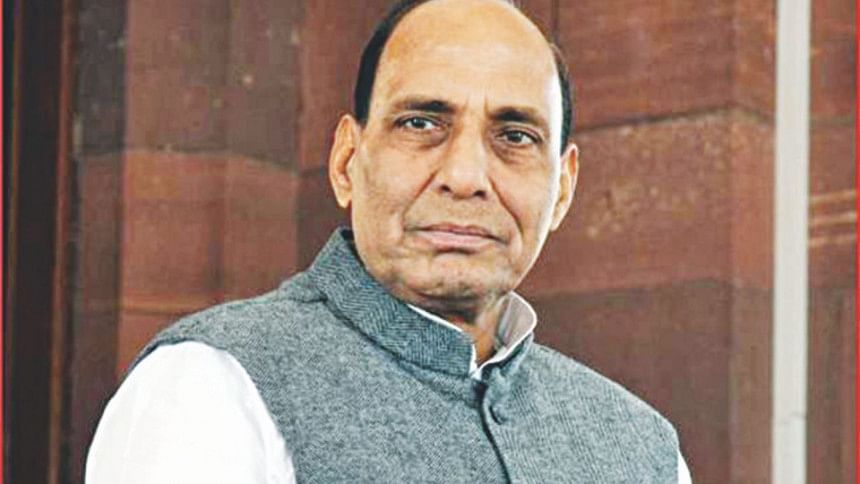Border Flare-up with China: India secures its east after Ladakh clashes

India has moved troops to its eastern stretch of border with China since clashes erupted between the nuclear-armed rivals on the western part of their border in the Himalayas in June, a government official said.
The June clash in the Ladakh region, in the western part of their border, was the worst violence between the Asian giants in decades and there has been little sign of a reduction in tension, with more military action in the past week.
The movement of troops to the eastern district of Anjaw, in Arunachal Pradesh state, which China also claims, raises the prospect of a wider face-off though both government and military officials in India ruled out any imminent confrontation.
"The military presence has surely increased, but as far as incursions are concerned, there are no verified reports as such," said Ayushi Sudan, Anjaw's chief civil servant, adding that several Indian army battalions were stationed there.
"There has been an increase in troop deployment since the Galwan incident, and even prior to that we'd started," she told Reuters by telephone, referring to the June clash in which 20 Indian soldiers were killed.
Arunachal Pradesh, which China calls South Tibet, was at the centre of a full-scale border war between India and China in 1962, and security analysts have warned that it could become a flash-point again.
But an Indian military spokesman, Lieutenant Colonel Harsh Wardhan Pande, said there was no cause for concern and the troops arriving in the area were part of regular rotation.
"Basically, it's units changing. That's happening as it happens every time, nothing much," Pande told Reuters from near Guwahati, the largest city in northeastern India.
"As of now, there's nothing to worry about on that front."
But Tapir Gao, a member of parliament from Arunachal, told Reuters that Chinese troops had been regularly crossing into Indian territory.
"It's a regular phenomenon, it's nothing new," he said, identifying the Walong and Chaglagam areas in Anjaw as the most vulnerable.
In the 1962 war, India says its outnumbered forces "blocked the thrust of the invading Chinese" in Walong, and the area of mountains, meadows and fast-flowing rivers is now a government focus for settlement and road-building.
"What we're trying to do is create more possibilities and opportunities for villagers," said Sudan, referring to plans for clusters of villages in the disputed area.
"It's a push to resettle people."
RAJNATH LEAVES FOR RUSSIA
Amidst escalation of the fresh round of border faceoff with China, Indian Defence Minister Rajnath Singh yesterday left for Moscow on a three-day visit during which he is expected to discuss expediting Russia's supply of several defence hardware, including missile defence shield.
Singh is visiting Moscow primarily for attending a meeting of the Russia-China led security grouping Shanghai Cooperation Organisation (SCO) which is expected to deliberate on regional security scenario, the Indian Defence Ministry said.
Meanwhile, Namghyal Dolkar Lhagyari, a member of the Tibetan parliament in exile, told AFP that a Tibetan-origin soldier with India's special forces was "martyred during the clash" on Saturday night.
However, China's foreign ministry said yesterday no Indian troops had died along the countries' shared border.
The two sides blamed each other for the latest incidents.
India's defence ministry said Chinese troops "carried out provocative military movements to change the status quo" at the border on Saturday.
China's People's Liberation Army said that India was "seriously violating China's territorial sovereignty" with its operation staged Monday and demanded that Indian troops withdraw.
India's foreign ministry said Tuesday that China had caused the latest incident "even as ground commanders of the two sides were in discussions to de-escalate the situation."

 For all latest news, follow The Daily Star's Google News channel.
For all latest news, follow The Daily Star's Google News channel. 



Comments